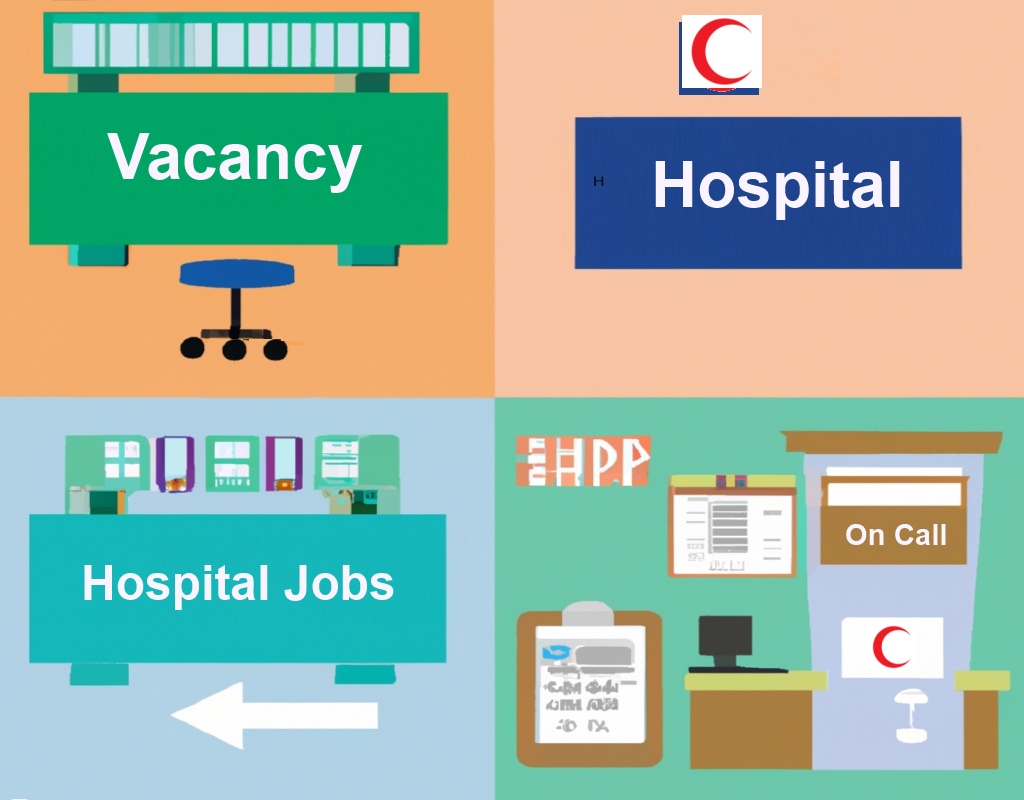Ambulance Drivers

Ambulance drivers typically serve in the patient transport service of an
ambulance trust, tasked with transporting disabled, elderly, and vulnerable
individuals to and from outpatient clinics, daycare centers, and routine
hospital admissions.
They often develop relationships with frequent passengers, becoming familiar
with their needs and concerns. Some passengers may feel anxious about their
hospital visits, while others lead solitary lives.
Working from a central depot, such as a major hospital, alongside a team of
assistants, they operate within specific areas and may work in shifts.
Depending on the vehicle they drive, they may work as part of a two-person
team utilizing a specially equipped ambulance with a wheelchair tail-lift,
accommodating multiple passengers, or independently, driving a standard car
to transport one or two able-bodied individuals at a time.
In addition to driving, they assist in lifting and moving patients in and
out of the vehicle, ensuring their safety and comfort during transit and
punctuality for appointments. Ambulance drivers are trained in resuscitation
techniques to address any medical emergencies that may arise while in their
care.
To operate an ambulance, whether for emergency or non-emergency purposes, a
full manual driving license is required. Ambulance trusts employ vehicles of
varying weights, necessitating drivers to hold the appropriate
classifications on their license.
Ambulance drivers undergo a two to three-week training course covering
moving and handling techniques, first aid, basic patient care, and safe
driving practices. The course includes assessments and practical
examinations, followed by a probationary period working under the
supervision of a trained supervisor before assuming unsupervised duties.
Additional responsibilities include maintaining cleanliness and organization
of the vehicle and keeping accurate records of journeys undertaken.
folder_open Hospital Jobs & Vacancy